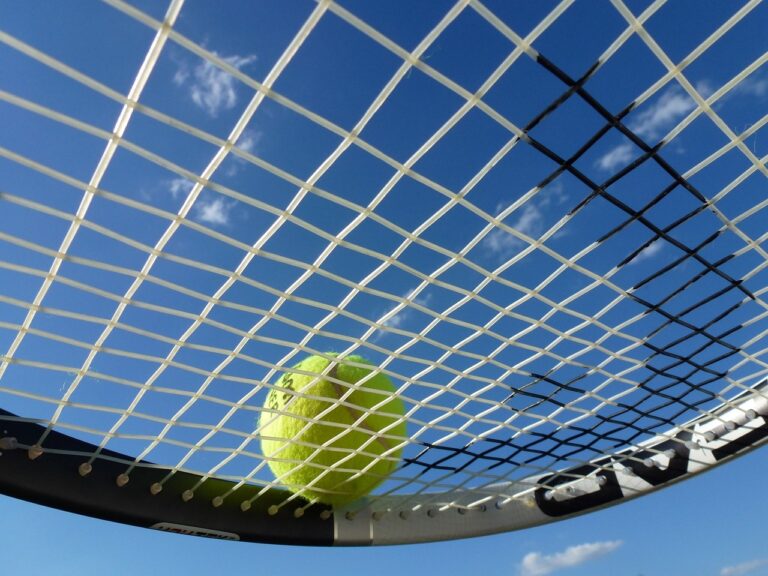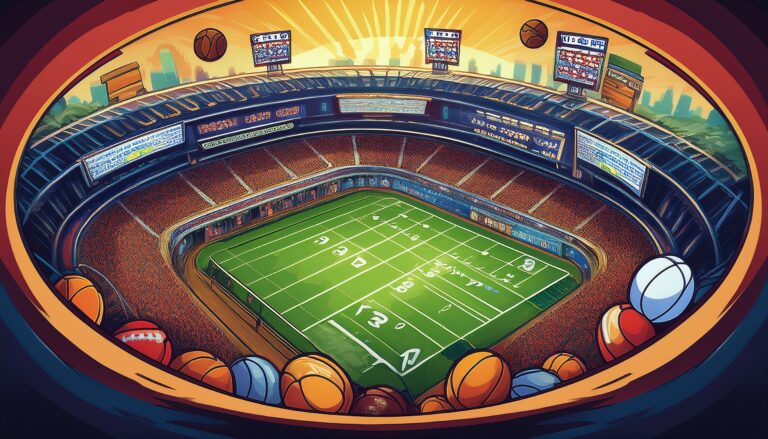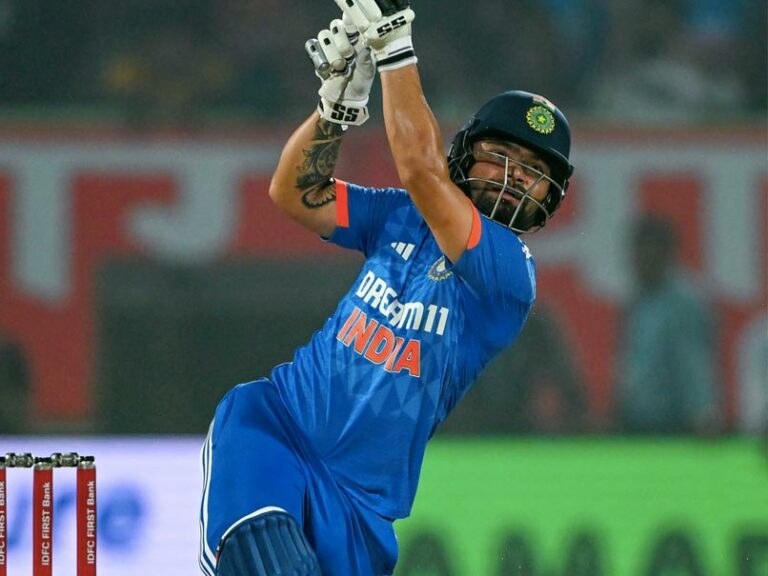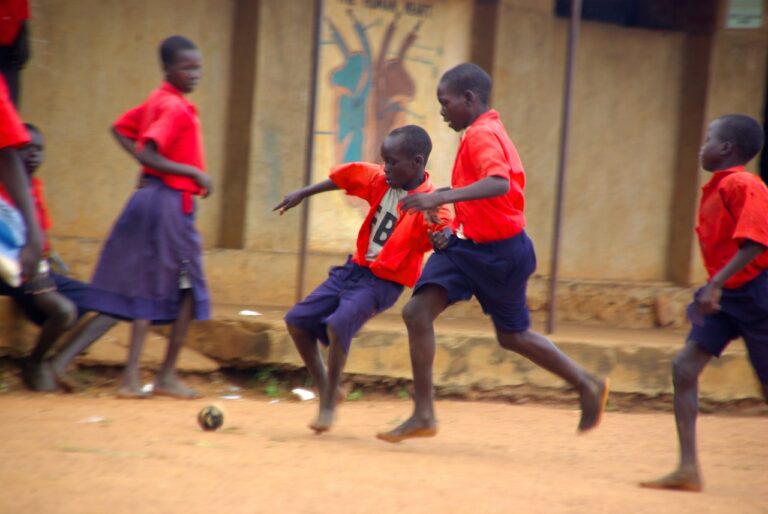Exploring the Use of 3D Photography for Cricket Memorabilia Preservation
11xplay reddy login password, diamondexch9 id, skyexchange id: Cricket, a sport with a rich history and passionate fanbase, has produced countless memorable moments and icons over the years. From legendary players to iconic matches, cricket memorabilia holds immense sentimental value to fans around the world. However, preserving these precious artifacts can be a challenging task. Traditional methods of photography may not always capture the intricate details of these items, leading to potential degradation over time.
In recent years, the use of 3D photography has emerged as a valuable tool for preserving cricket memorabilia. By utilizing advanced imaging technology, 3D photography allows for the creation of highly detailed and accurate digital replicas of physical objects. This innovative approach not only captures the visual aspects of memorabilia but also provides a three-dimensional representation, offering a more immersive and realistic viewing experience.
One of the key benefits of 3D photography for cricket memorabilia preservation is its ability to capture intricate details that may be missed by traditional photography methods. From the stitching on a vintage cricket ball to the worn edges of a signed bat, 3D imaging technology can preserve these subtle nuances with remarkable accuracy. This level of detail ensures that cricket memorabilia is faithfully represented in digital form, allowing fans to explore these artifacts in exquisite detail.
Furthermore, 3D photography offers a non-invasive preservation method that reduces the risk of damage to delicate memorabilia. Unlike physical handling or traditional photography, which can cause wear and tear over time, 3D imaging requires minimal contact with the object. This means that valuable items can be preserved in their original state while still being accessible for viewing and study.
In addition to preservation, 3D photography also opens up new opportunities for showcasing cricket memorabilia to a wider audience. Digital replicas of items can be shared online, allowing fans from around the world to explore and appreciate these artifacts virtually. Museums, collectors, and cricket enthusiasts can all benefit from this technology, gaining access to a vast digital archive of cricket history.
Overall, the use of 3D photography for cricket memorabilia preservation is a crucial step towards safeguarding the cultural heritage of the sport. By capturing detailed and accurate representations of valuable items, this technology ensures that these artifacts can be enjoyed and studied for generations to come. Whether it’s a signed bat from a cricketing legend or a rare piece of memorabilia from a historic match, 3D photography offers a compelling solution for preserving the essence of cricket’s past.
**FAQs**
1. What equipment is needed for 3D photography?
– 3D photography typically requires specialized cameras or scanners that can capture depth information along with visual data. There are various options available, ranging from high-end professional equipment to more accessible consumer-grade solutions.
2. How long does it take to create a 3D replica of a cricket memorabilia item?
– The time required to create a 3D replica can vary depending on the complexity of the item and the equipment used. Simple objects may be scanned in a matter of minutes, while more intricate items could take longer to capture all the necessary details.
3. Can 3D photography be used for restoring damaged cricket memorabilia?
– While 3D photography can create accurate digital replicas of items, it may not always be suitable for restoring damaged memorabilia. However, these replicas can serve as valuable references for conservation efforts and documentation purposes.







